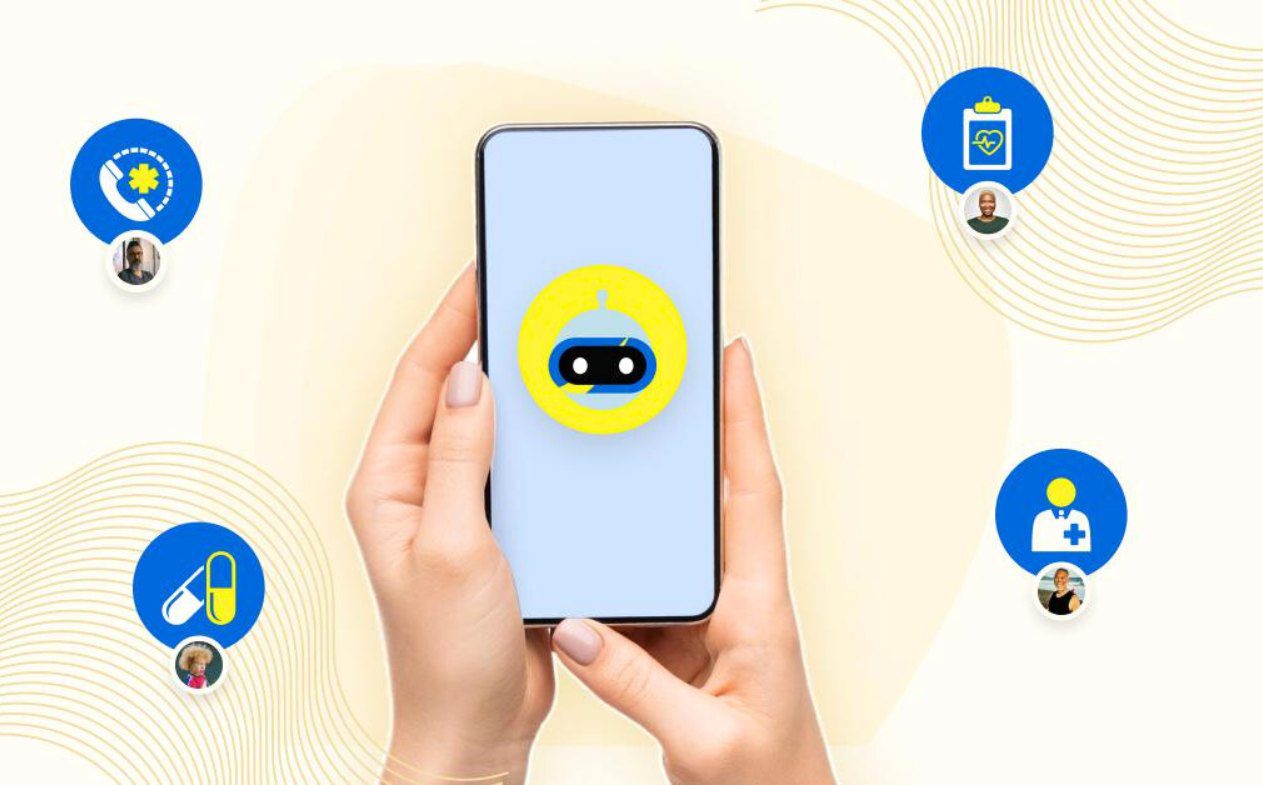Healthcare providers in the United States are constantly looking for innovative solutions to enhance patient care and improve operational efficiency. One technology that has gained significant attention in recent years is conversational AI, particularly in the form of chatbots. Conversational AI-powered chatbots are revolutionizing the healthcare industry by providing personalized, accessible, and convenient interactions with patients, streamlining administrative tasks, and optimizing workflows.
We understand the value of conversational AI in healthcare and the potential it holds to transform the way healthcare providers engage with patients. In this comprehensive guide, we will provide you with a step-by-step approach on how to leverage conversational AI in your healthcare practice to improve patient experience, boost operational efficiency, and stay ahead of the competition.
Why Conversational AI Matters in Healthcare
As the healthcare industry becomes increasingly digital and patient-centric, conversational AI is emerging as a powerful tool to enhance patient engagement and satisfaction. Conversational chatbots, powered by natural language processing (NLP) and machine learning algorithms, can engage in human-like conversations with patients, providing them with real-time information, assistance, and support.
One of the key reasons why conversational AI matters in healthcare is its ability to provide personalized and accessible care. Chatbots can interact with patients 24/7, addressing their concerns, providing information about appointments, medication reminders, and even assisting with symptom assessment. This empowers patients to take control of their health and well-being, leading to improved patient satisfaction and loyalty.
In addition, conversational AI can streamline administrative tasks and optimize workflows, freeing up healthcare providers’ time to focus on more critical aspects of patient care. For instance, chatbots can handle appointment scheduling, patient registration, insurance verification, and billing inquiries, reducing administrative overhead and improving operational efficiency.
Implementing Conversational AI in Your Healthcare Practice: A Step-by-Step Guide
Now that we have established the significance of conversational AI in healthcare, let’s dive into a step-by-step guide on how you can implement it in your healthcare practice.
Step 1: Identify Use Cases
The first step in implementing conversational AI is to identify the specific use cases where chatbots can add value in your healthcare practice. Start by analyzing your current processes and workflows to identify areas that can benefit from automation and improved patient engagement. Some common use cases for conversational AI in healthcare include appointment scheduling, patient registration, medication reminders, symptom assessment, and patient education.
Step 2: Choose the Right Platform
Once you have identified the use cases, the next step is to choose the right platform for building your conversational AI-powered chatbots. There are several options available in the market, ranging from do-it-yourself platforms to custom development. Consider factors such as ease of use, scalability, customization options, and integration capabilities when choosing the platform that best fits your healthcare practice’s needs.
Step 3: Design Conversations with Care
The success of a conversational AI-powered chatbot depends on its ability to engage in meaningful and relevant conversations with patients. It is crucial to design conversations with care, ensuring that they are natural, empathetic, and patient-centric. Use NLP and machine learning algorithms to understand patients’ intents, respond accurately to their queries, and provide personalized recommendations.
Step 4: Train and Fine-tune the Chatbot
Training and fine-tuning the chatbot is an ongoing process that requires continuous monitoring and refinement. Start with a small set of predefined intents and responses and gradually expand the chatbot’s capabilities as it learns from patient interactions. Regularly review the chatbot’s performance, gather feedback from patients, and fine-tune its responses to ensure that it delivers accurate and relevant information
Conclusion:
In conclusion, conversational AI in healthcare is a game-changing technology that has the potential to revolutionize the way U.S. healthcare providers interact with patients and deliver care. By leveraging the power of natural language processing, machine learning, and chatbot technology, healthcare providers can enhance patient engagement, streamline workflows, and improve the overall patient experience.
As we have explored in this comprehensive guide, implementing conversational AI in healthcare involves several crucial steps. Starting with understanding the needs of your patients and identifying the most suitable use cases for chatbots, to selecting the right platform or partner, designing effective conversation flows, and ensuring compliance with relevant regulations such as HIPAA, every step is vital for success.
By following the step-by-step guide provided here, U.S. healthcare providers can unlock the full potential of conversational AI in their practices, clinics, or hospitals. However, it’s important to keep in mind that the technology is continuously evolving, and staying up-to-date with the latest advancements and best practices is essential to stay ahead in the competitive healthcare landscape.
As the demand for convenient, personalized, and efficient healthcare experiences continues to grow, incorporating conversational AI into your practice can give you a competitive edge and enhance patient satisfaction. From appointment scheduling and virtual consultations to medication reminders and post-care follow-ups, the possibilities of conversational AI in healthcare are vast and promising.



































